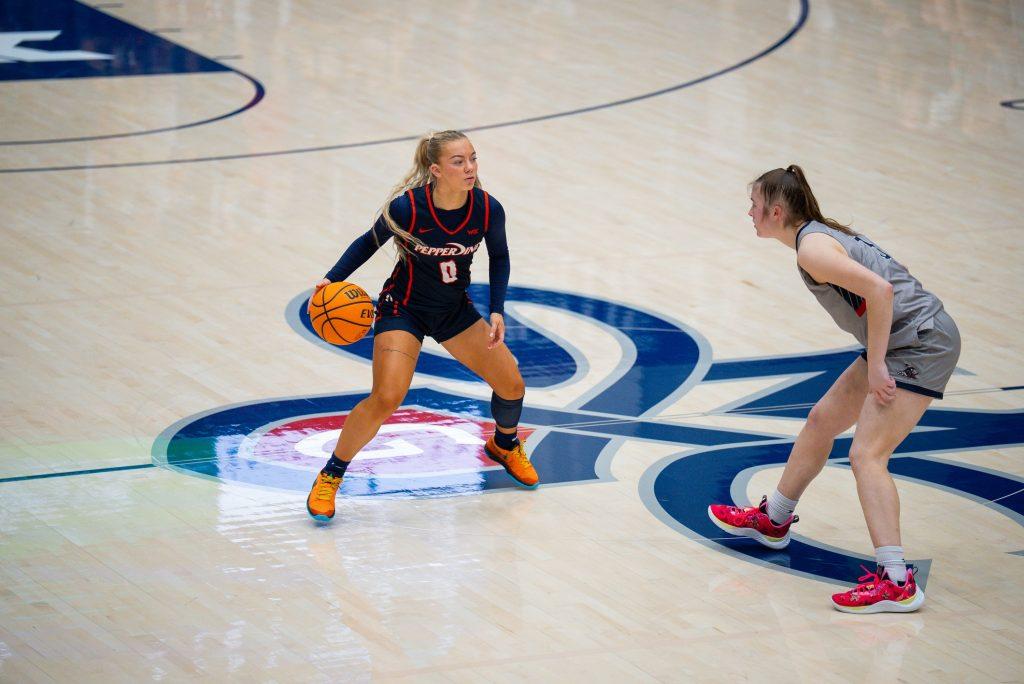
Nico Iamaleava introduced the world to the growing scene of NIL (Name, Image, Likeness) when he committed to the University of Tennessee, Knoxville in 2022. The Volunteers offered Iamaleava $8 million through Spyre Sports Group, a Tennessee collective. This made him one of the first athletes to sign one of the largest NIL deals in the early stages of the NIL era, according to The Sporting News.
NIL is the right for college athletes to be compensated for their personhood and talent when they are used for commercial purposes. Prior to the passing of the new NIL policy in July 2021, college athletes were strictly prohibited from profiting from themselves. All monetary compensations were directed to the NCAA, leaving players with virtually nothing.
“It’s a different world,” said Alicia Jessop, associate professor of Sport Administration. “Why can’t this group of people — when everyone else in America can benefit from this right, why not them?”
Athletes couldn’t sign sponsorship deals with companies like Nike, Adidas or local businesses. Athletes with large social media followings couldn’t monetize their accounts through advertisements or sponsored posts. If athletes had businesses, they couldn’t promote or profit from them using their status. Athletes weren’t allowed to accept gifts, discounts or free items related to their status, even something as small as a free meal.
The Interim NIL Policy, passed July 1, 2021, allows collegiate athletes to legally earn money from anything attached to their name and talent. This completely shifted the collegiate landscape and led to the question of whether or not collegiate athletes should be considered as employees.
Inspiring Opportunities for Athletes
Addi Melone, Pepperdine Women’s Basketball senior point guard, is one of the most lucrative Pepperdine athletes regarding NIL deals. Melone said she has earned around $5,000 to $7,000 since beginning her NIL journey.

Melone started her athletic career at Lane Community College and then Eastern Arizona College. She joined the Waves for the 2023-24 season as a junior with two years of eligibility remaining and entered the NIL realm knowing very little about the logistics and branding, Melone said.
The disparity of knowledge and available resources about such a nuanced topic such as NIL is very wide between DI and Junior Colleges (JUCO), Melone said.
“We didn’t have many resources [at JUCO], whether that be NIL or just basic school resources,” Melone said. “So once I achieved my goal of being DI, I really wanted to build myself up and I knew this space of NIL was available.”
Women’s Basketball players are becoming some of the most lucrative NIL earners across collegiate sports. The 2023 NCAA Women’s Basketball Tournament broke viewership records, with over 9 million viewers, leading to more opportunities for female athletes to gain recognition and secure endorsement deals, according to AP News.
“It’s great to see just women starting to be successful,” Melone said. “There’s tons of charts that you could compare NIL to how much people make and it’s really crazy to look at because some girls are making more than the men are because they are more advertisable.”
Track and Field is currently experiencing an increase in both viewership and NIL deals as well, according to NBC Sports. With the buzz from the 2024 Summer Olympics, which saw a 41% increase in viewership, and the constant boom of social media, runners are steadily entering the NIL track, according to Run.
“I’ve noticed track is just now getting more NIL like basketball, which has way more exposure, so they’re able to get more NIL,” Women’s Track sophomore sprinter Ava Maly said. “But I feel like recently running has been kind of a trendy thing right now.”
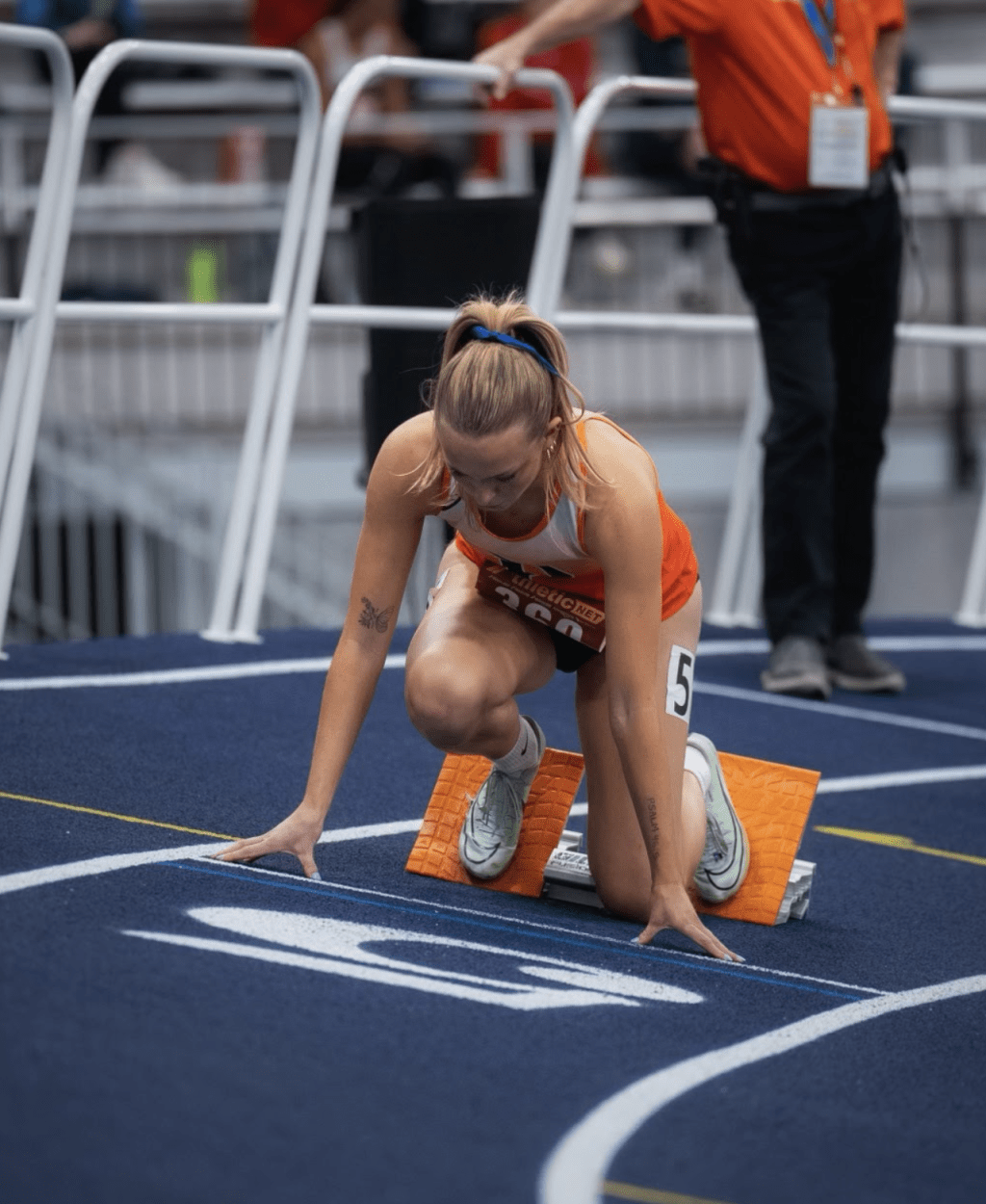
This surge in audience attention is translating into more NIL opportunities, with brands eager to capitalize on the growing interest in Women’s Basketball. Among the rise of women’s March Madness, Adidas has signed UConn’s Aaliyah Edwards, Texas A&M’s Janiah Barker and LSU’s Hailey Van Lith, according to Boardroom.
“Ultimately it’s bigger than just NIL and being a Division I athlete and getting these brand deals now,” Melone said. “It’s about building a portfolio for yourself after athletics is done and after college.”
The Shifting Landscape for Coaches
While athletes like Melone benefit from the newfound freedom to capitalize on their NIL, the ripple effect of this policy change reaches far beyond individual players. Coaches across the nation now have to navigate this emerging world of NIL.
One emerging challenge coaches face is the constant movement and politics within the transfer portal. This year, the NCAA changed the transfer rules so that athletes could transfer without having to sit out for the following season. This reform opened a unique opportunity for collectives, which could now leverage NIL deals to attract athletes more easily, offering financial incentives to players as part of their recruitment, according to Greenspoon Marder LLP.
The line between financial enticement and genuine attraction for a program has now been blurred.
“You either adjust to it or you’re going to get left behind, and you’re not going to be able to compete,” Men’s Basketball Head Coach Ed Schilling said.
Schilling joined the Waves family for the 2024-25 basketball season. Prior to Pepperdine, Schilling coached at GCU, UCLA, UMass, University of Memphis and Indiana. Years before his coaching career, he was a starting point guard for Miami University and led his team to two NCAA Tournament appearances, according to Pepperdine Athletics.
“I kind of grew up where I felt like getting a scholarship was great,” Schilling said. “Even though I was playing in the NCAA tournament, if I could have reaped some of the rewards from that financially, it would have been great.”
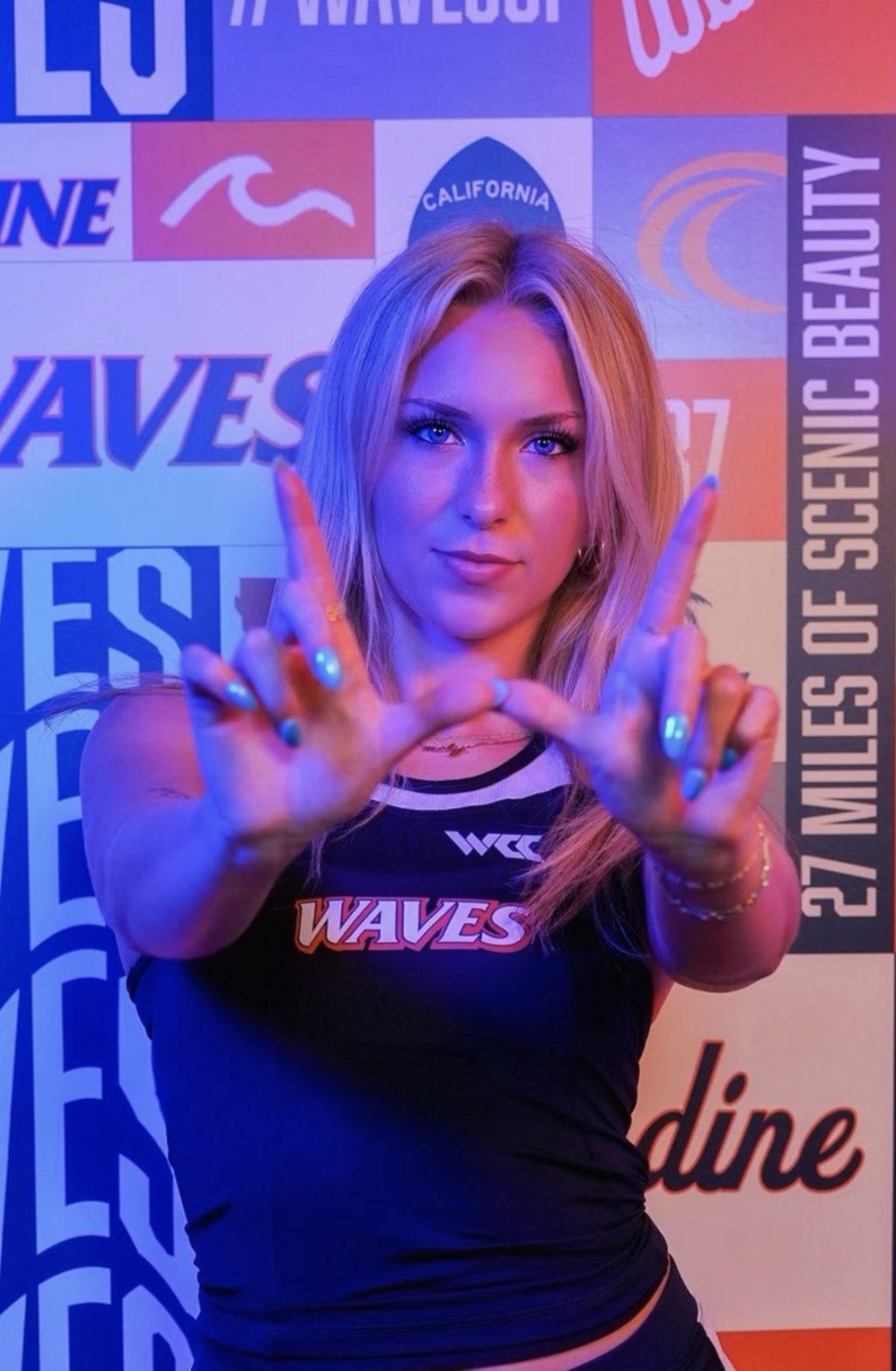
Before the 2021 policy, many collegiate athletes faced harsh consequences for monetizing their NIL, such as Reggie Bush, who was stripped of his Heisman trophy for receiving financial support from agents and boosters during his time at USC. Jan. 11, the NCAA sanctioned Florida State University football for the first time, following an investigation into Assistant Coach Alex Atkins driving a prospect to an NIL collective meeting, where the athlete was promised $15,000 if he signed with FSU, according to ESPN.
The biggest shift from NIL that coaches have noticed is the damage done to the recruitment and transfer process.
“It’s made the divide between those that have money and booster money and all that and those that don’t,” Schilling said. “The divide has become very, very wide.”
Many NIL deals that athletes receive are from the collective, which are alumni and donors that donate to a school’s specific NIL marketplace. Texas’ “Clark Field Collective” secured an initial commitment of $10 million, making it one of the largest in the country, according to Burnt Orange Nation. Alabama’s “High Tide Traditions” has also built a strong presence in the NIL market by leveraging donations and partnerships with major brands to provide lucrative deals for their athletes, according to Sports Illustrated.
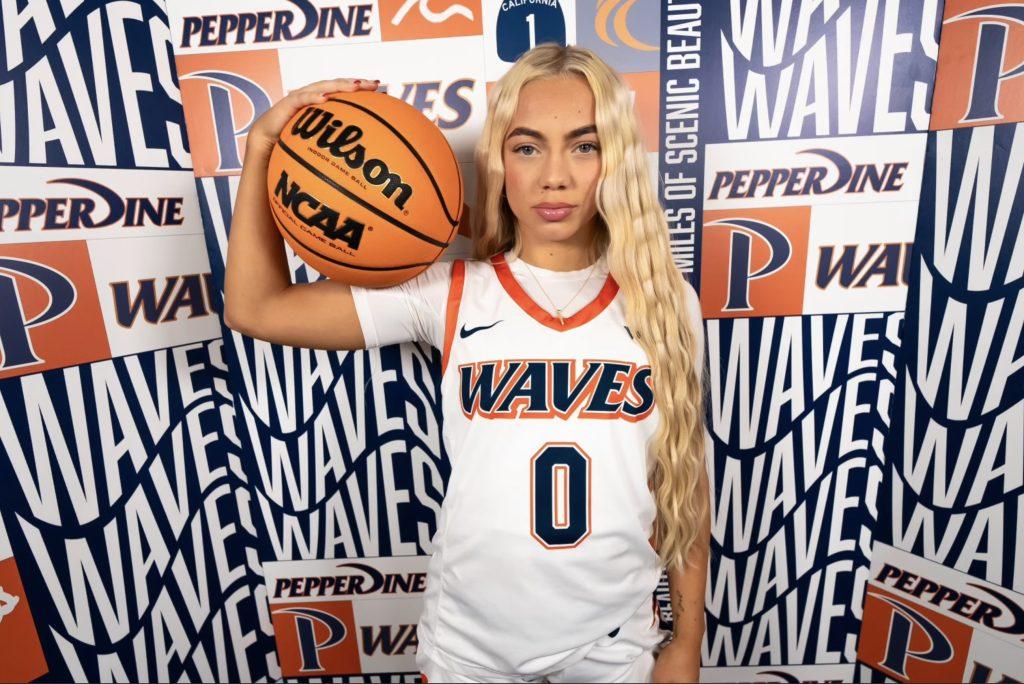
These collectives enable schools to offer athletes compelling packages, both monetary and gifts, significantly impacting recruiting, as players increasingly consider NIL opportunities when choosing schools. In contrast, mid-major schools, such as Pepperdine, don’t have the same deep-pocketed NIL collectives as powerhouses like Arkansas or Kansas, making it harder to compete in recruiting, Schilling said.
“It makes it really challenging to get that elite player, where years ago you were able to go and you might be able to get a player that’s a level or two above,” Schilling said. “Now it makes it really hard, almost impossible to get a top 20 recruit.”
This hiccup in the recruiting process often leads to coaches being unique and recruiting different sets of players.
“What you can do is get a player that’s not that [top 20] level or maybe hasn’t been seen, and you help them get better,” Schilling said. “The kid may be a lot better than people think.”
New Legal Realities
Collectives have become a significant part of the NIL world, allowing schools to mobilize resources to attract and retain talent. They can provide athletes with immediate financial opportunities, sometimes even before they officially join a program. Bronny James, a former USC Men’s Basketball guard and son of Lebron James, received an accumulation of over $7 million in NIL deals with brands, such as Beats by Dre and PSD Underwear, during his high school career, according to Yahoo Finance.
Similarly, Juju Watkins, USC’s Women’s Basketball sophomore guard, signed with Klutch Sports Group, a sports agency, as a high school junior, becoming the first woman to do so, according to Forbes.
“I think the main surprise that people in this space were met with as NIL moved from not being allowed for college athletes to legal and then into a real thing is the rise of collectives,” Jessop said.
The collectives enable schools to enhance their recruiting efforts and compete with larger programs that traditionally have more resources. The NCAA has struggled to maintain control over these collectives, particularly due to ongoing lawsuits that challenge its regulations and governance. This has led to a gray area where collectives can operate with relative freedom, sometimes leading to allegations of recruiting inducements, Jessop said.
Another significant shift NIL has created is athlete marketability. Athlete marketability now lies on several factors, primarily star power, which is influenced by an athlete’s on-field performance and the visibility of their sport. Sports with more significant media exposure tend to attract greater NIL interest compared to lesser-known sports, Jessop said.
“If I’m a college football or men’s basketball athlete, my sport is shown on TV more than, say, rowing is,” Jessop said. “And so I have greater visibility, which brands like.”
However, NIL also produces an avenue for athletes in less-viewed sports to profit from themselves. In the digital age, an athlete’s social media profile is crucial for their marketability. Brands are increasingly looking for engagement metrics rather than just follower counts, according to Sports Business Journal. Engagement metrics refer to measurable data of how one’s social media content is being interacted with across the web.
On the other side of the screen, fans, coaches, donors and more are often given suggestions through the social media algorithm of players that are most compatible with their brand or team. This shift has created a path for traditional low-viewership sports, such as women’s basketball, according to Jessop.
“Because of the democratization of media, meaning in traditional media on TV, I have to have a decision maker decide to put my game on the screen,” Jessop said. “With social media, Instagram, TikTok, the power is in my hands.”
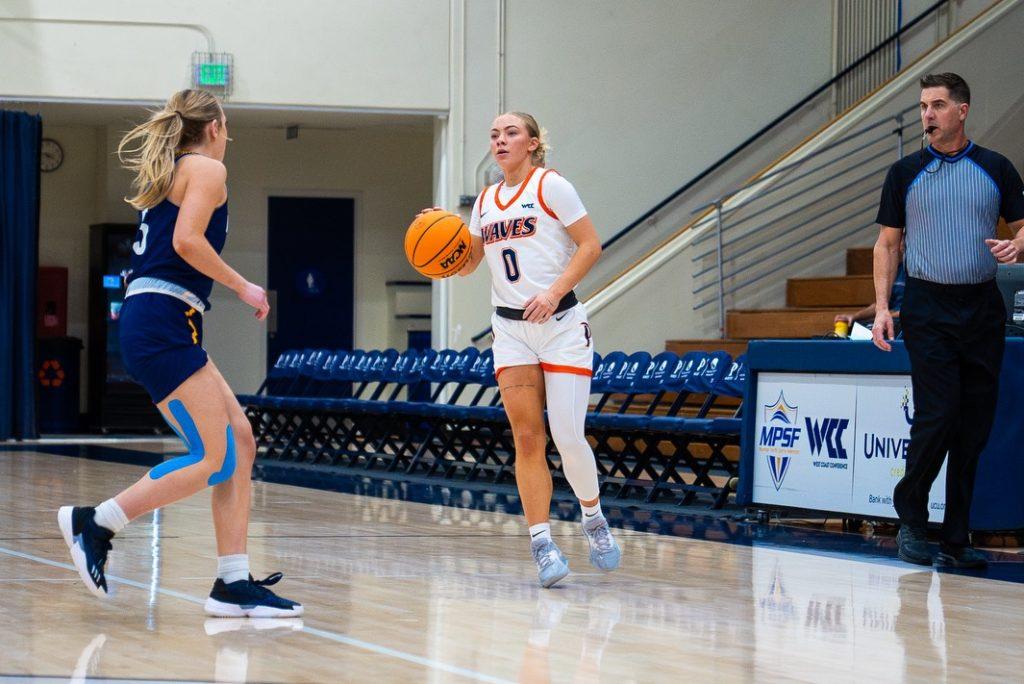
Despite the trend of collectives primarily funding revenue-generating sports, there are exceptions. NiJaree Canady, Texas Tech Softball junior P/UTL and 2024 Softball Collegiate Player of the Year, transferred from Stanford due to a $1 million collective from Tech.
“There’s something available, frankly, not just for every athlete, but every human if they’re able to build their own personal brand,” Jessop said.
However, the broader implications of NIL are much more complex. The NCAA is struggling with governance and facing lawsuits that challenge its authority and policies.
One particular suit that’s emerging is one against the University of Oregon. The plaintiffs are athletes on the women’s volleyball team and women’s club rowing, and they are suing Oregon for a violation of Title IX in regards to NIL opportunities, according to McLane Middleton.
They argue that Oregon, along with Division Street and Opendorse, two NIL collective agencies Oregon partners with, is providing substantially better NIL opportunities to male athletes rather than female athletes. This violation goes directly against Title IX, which prohibits discrimination on the basis of sex.
These lawsuits are all centered around whether they will allow collegiate athletes to be considered “employees.” This creates a precarious situation for the NCAA, as it navigates antitrust laws while attempting to maintain control over college athletics.
“If you [the NCAA] recognize their [athletes] employee status, you gain access to this legal theory that allows you to impose the restrictions that you want,” Jessop said. “Without that, it’s hard to regulate the collectives.”
___________________
Follow the Graphic on X: @PeppGraphic
Contact Shalom Montgomery via email: shalom.montgomery@pepperdine.edu

